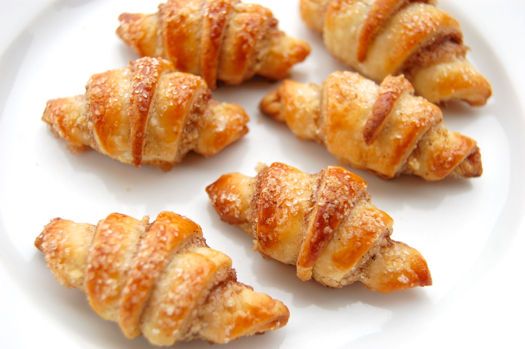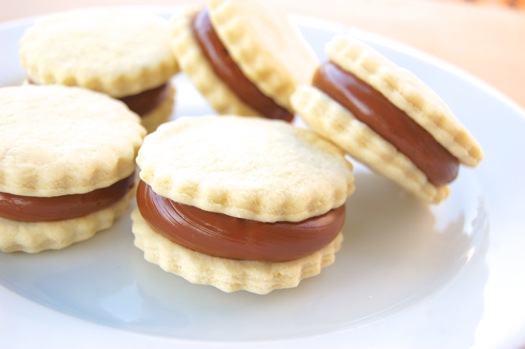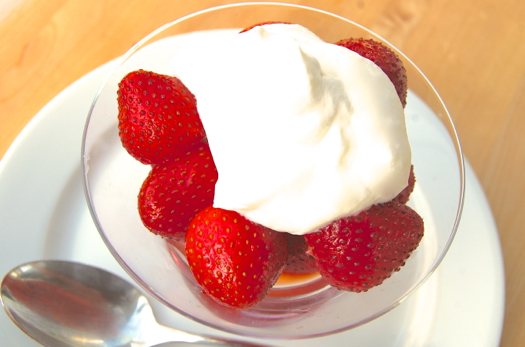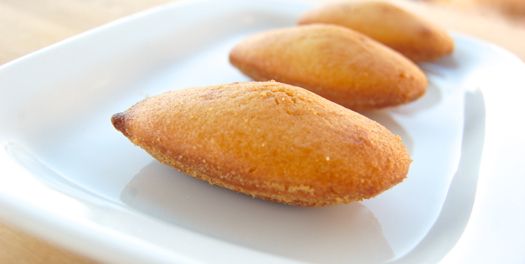Making Amaretti
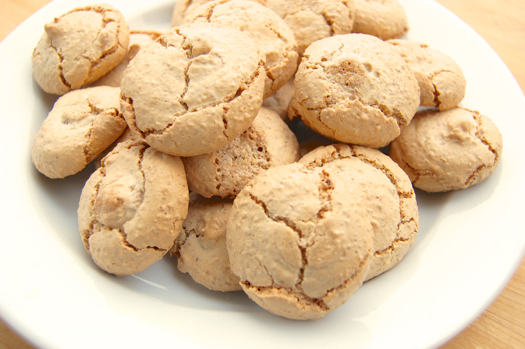
Coffee lovers, meet your new favorite cookie. These things are dynamite with an afternoon cup, just small enough and and light enough that you won’t feel guilty crunching your way through a couple of them with your three o’clock pick-me-up. They store well, which means a batch will last you a week or two, and who knows? You may find them handy for crushing and sprinkling over some cut fruit or a little sorbet. They’re handy for all sorts of things. Start yours by preheating your oven to 350 degrees Fahrenheit and assembling your ingredients.
READ ON